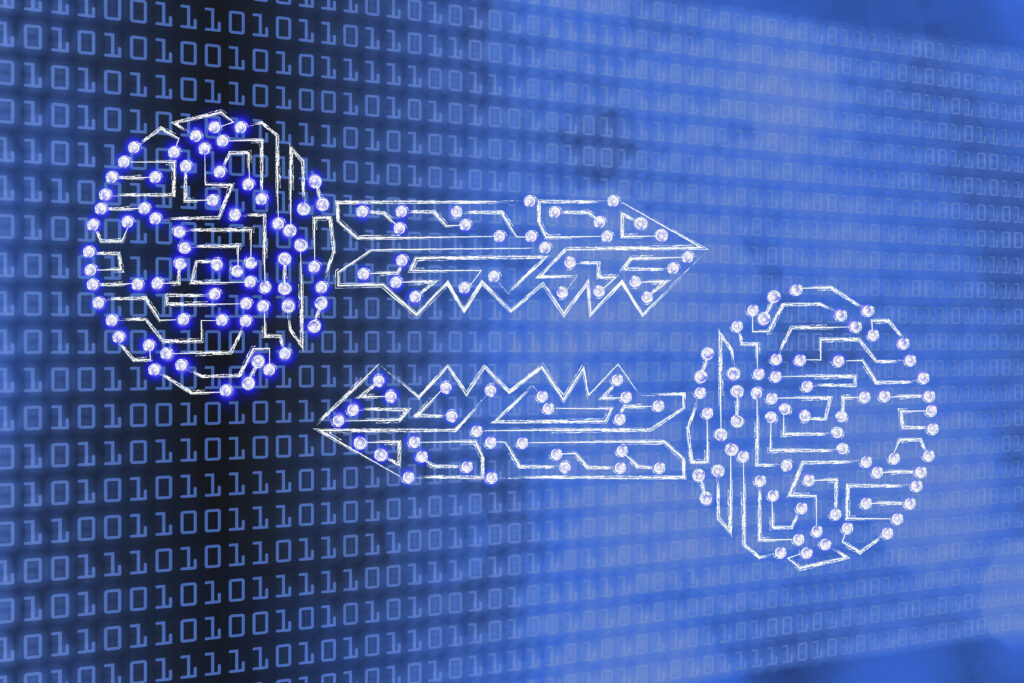After weeks of preparation, IAA team leader Nick Pratley and engineer, Aaron Chidiac, pulled a night shift at Equinix SY1 last week, successfully replacing the Extreme Black Diamond X8.
The huge 14.5 RU BDX8 modular switch has, up until now, given us the flexibility to satisfy all peer requirements, but we’ve chosen to replace it with the much smaller Extreme Networks x870-32c.
With the promise of future proofing, we expected that over time the expensive 100G modules would mature to a point where the cost was acceptable, however they are currently end of life and still prohibitively expensive. On this basis, it’s clear the benefits of the BDx8 do not outweigh the significant support and module costs, so we’ve moved to the new Extreme switch.
The work involved downsizing the 14.5RU monster to a 1RU pizza box form factor, reducing rack temperatures and power consumption whilst freeing up space for future servers, switches, and content provider caches.
Amazingly, the entire new Extreme x870-32c device costs less than the modules required to keep up with member demand for 100G ports. It is capable of 32 x 100G ports that can be partitioned into different modes, comfortably fitting 96 x 10G member ports, with 8 x 40G/100G ports to spare!
Members can now expect greater reliability of inter capital and inter data centre links. This also means we’re separating key links across hardware, so we can ensure our ring network is not taken down by a single path, link or hardware failure, and latency spikes will now only occur during diverse path outages or extreme congestion events.
This has been weeks in the planning and puts us in great shape to repeat the effort in Melbourne sometime in the next couple of months.
Well done Nick and Aaron on a massive effort and a trouble free cut over.




